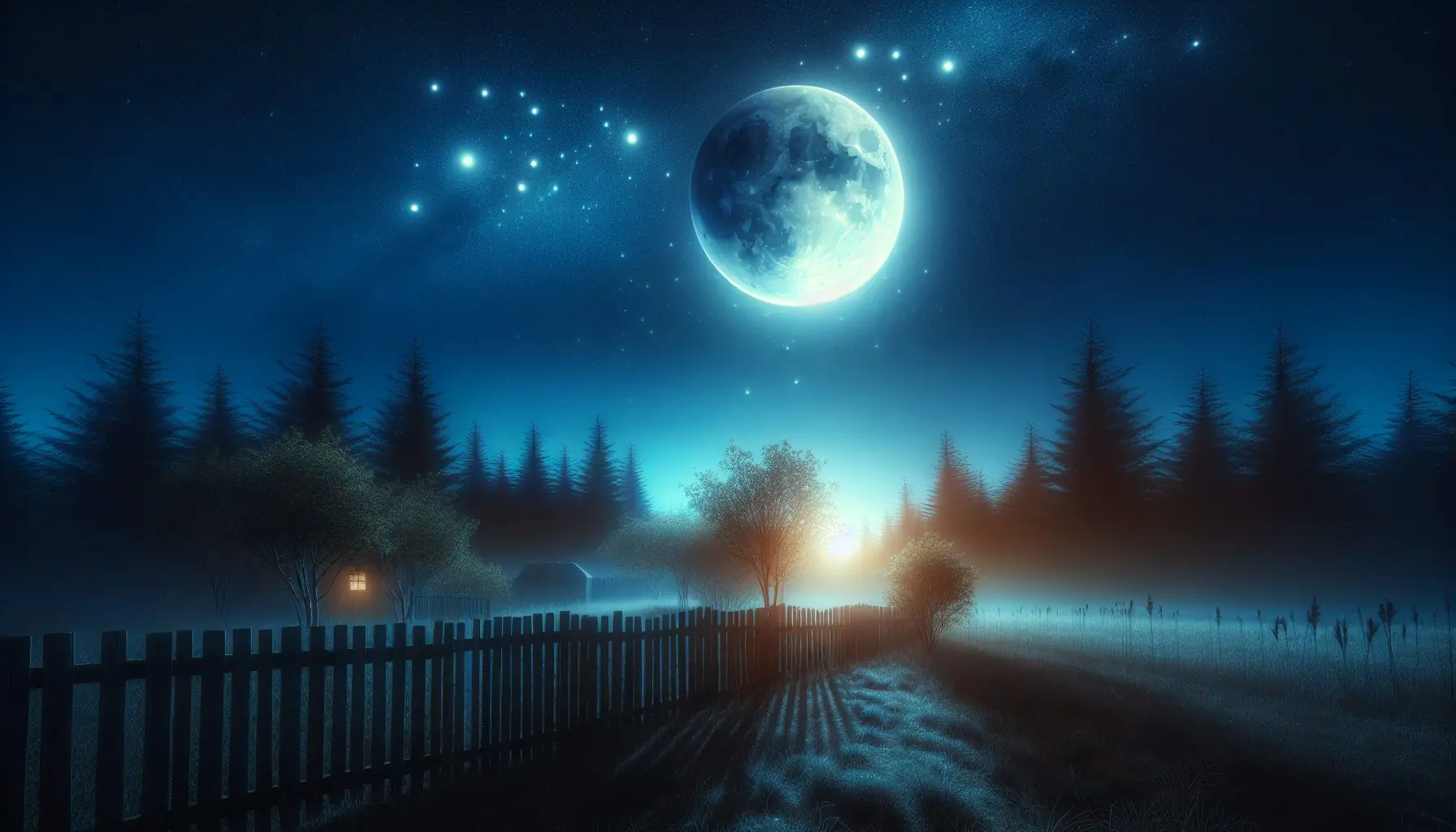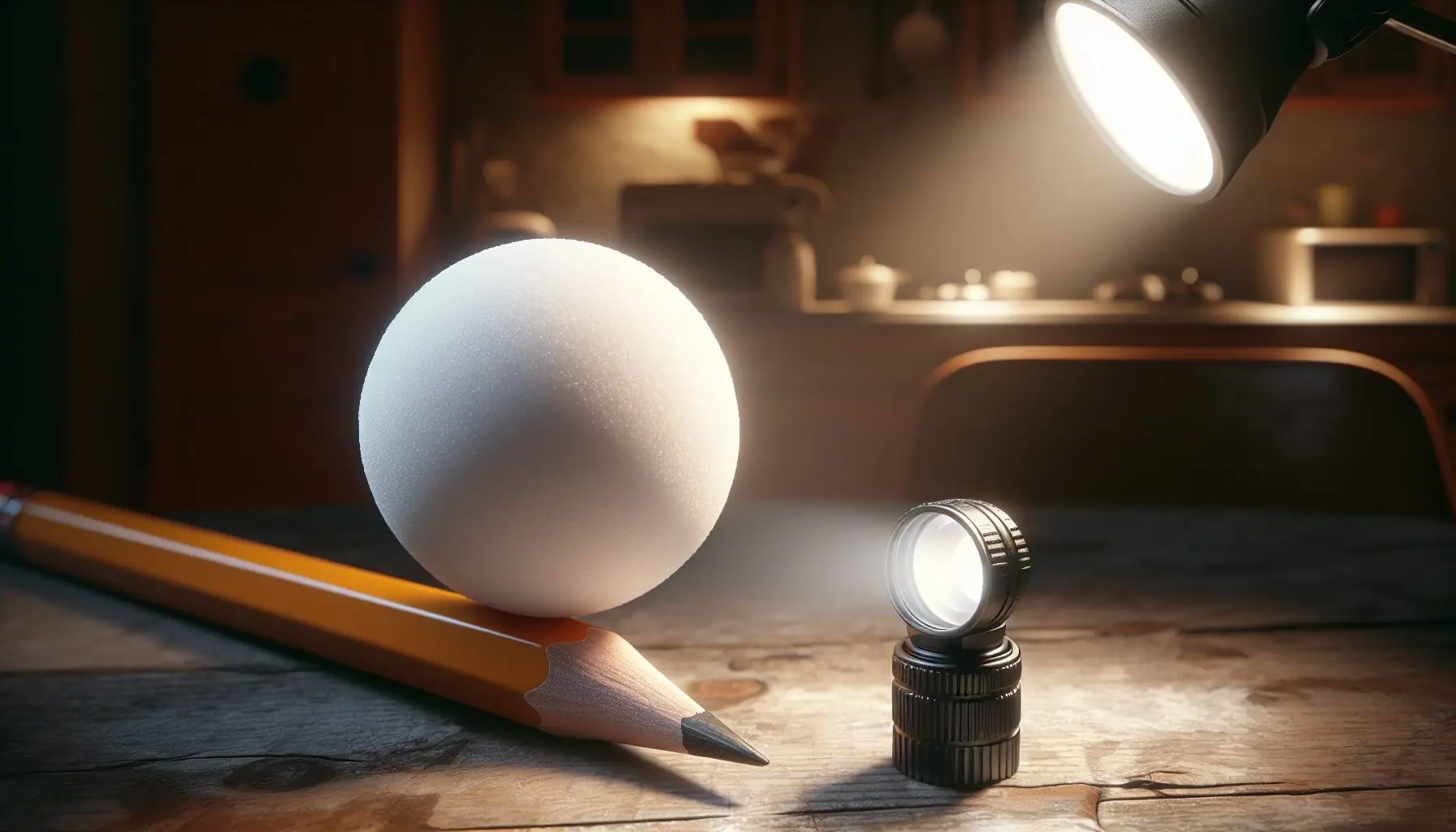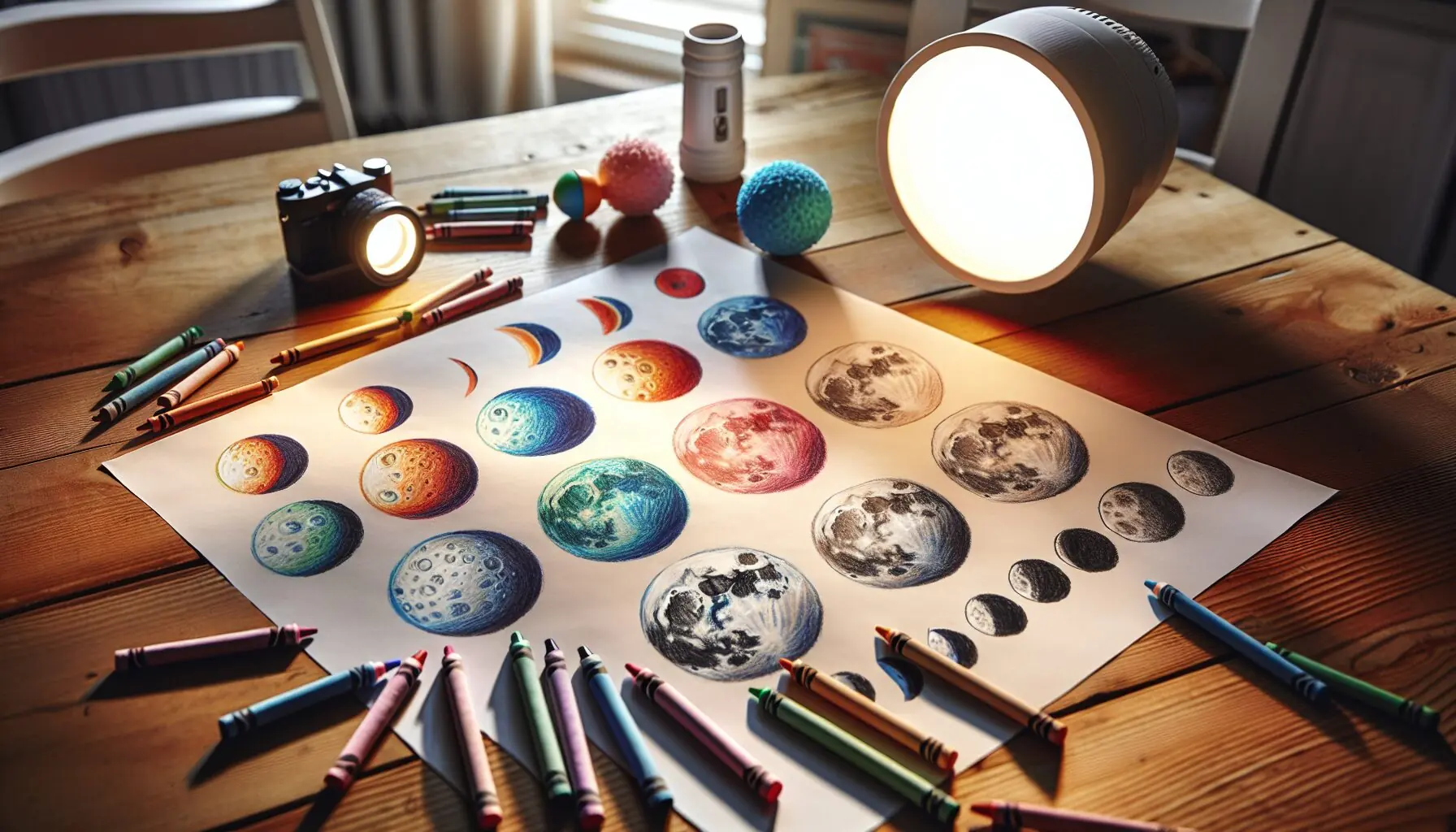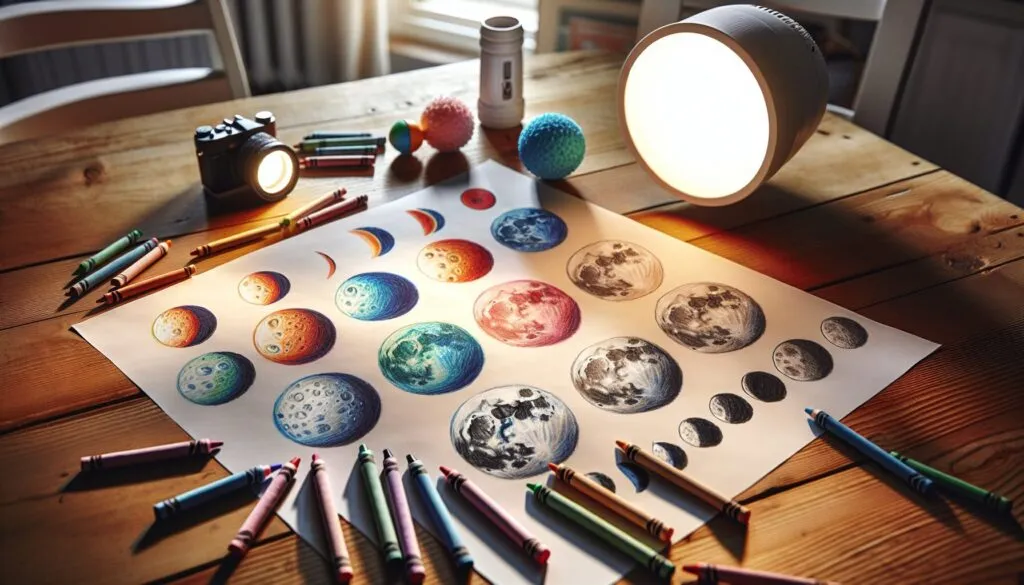Unveiling the Night Sky
Ah, the night sky! It’s not just a dark ceiling above us, but a beautifully woven celestial tapestry filled with stories waiting to be explored. Have you ever glanced up and wondered what makes the moon change its shape every night? From a tiny sliver to a full glowing orb, these transformations are the moon phases!
Exploring these phases is like stepping into a favorite bedtime story—it’s familiar yet full of surprises. Astronomy isn’t just for telescopic adventures; it’s a sparkling opportunity to blend curiosity with learning right from your backyard.
This simple engagement with the night sky empowers children to develop a basic understanding of Earth and space sciences, essential for first graders. Through sky gazing, children tap into their innate sense of wonder, nurturing a realm where science and imagination merge seamlessly.

Moon Phases Discovery Activity
Let’s embark on a ‘Lunar Cycle Quest’—an activity that reveals the fascinating phases of the moon! Perfect for a crisp November evening, this activity only needs about 30 minutes.
Materials Needed:
- A small flashlight (or smartphone light)
- A white Styrofoam ball (or any white sphere)
- A dark room or backyard setting
- A pencil with an eraser to hold the sphere
Step-by-Step Guide:
- Stick the Styrofoam ball on the pencil eraser to create your own ‘moon’.
- Enter a dark room or head outside when the actual moon rises.
- Shine the flashlight on the ‘moon’ from various angles, observing how light affects its appearance.
- Encourage your child to mimic the moon’s phases by rotating their ‘moon’ around their ‘Earth’ head.
To amp up the fun, create a series of shadow puppets on the wall—shadow play adds another layer to understanding the light and shadow dance of real moon phases!

Growing Minds and Hearts
Why is this play with lights, shadows, and a moon replica so impactful? For starters, it introduces scientific observation skills in a playful context. As the children manipulate their mini-moon, they’re deepening their appreciation for cycles and patterns—a foundational science concept. This tactile experience strengthens their gross motor skills, while the act of carefully observing and predicting fosters analytical thinking.
Moreover, this activity is a stepping stone for emotional growth. As they discover new phases, they build confidence and a sense of achievement, boosting their curiosity and problem-solving abilities. Shared laughter and amazement during this experience bond you and your little explorer, reinforcing your nurturing relationship.
Encourage swapping stories or sketches of their lunar discoveries, fostering creative expression and a continued love for learning and exploration!

